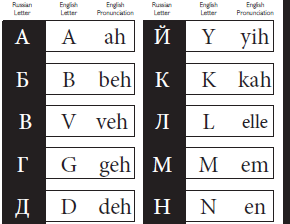 Can you read Cyrillic (the Russian alphabet)? Our students in International Cultures can, and have used a Cyrillic key to identify cities
Can you read Cyrillic (the Russian alphabet)? Our students in International Cultures can, and have used a Cyrillic key to identify cities
all the way from Нью-Йорк and Чикаго, to Санкт-Петербург!
(For those of you new to Russian, that’s New York and Chicago, to Saint Petersburg!)
In our International Cultures class, students and immersed in cultures from around the globe. 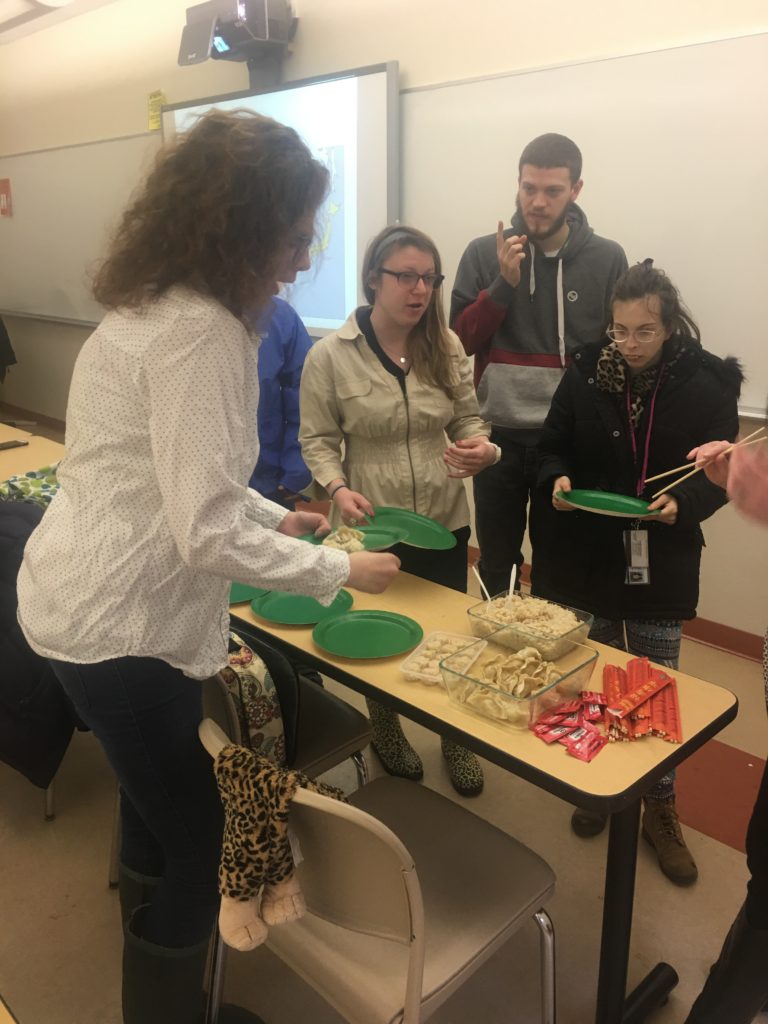 The course is multi-faceted, and explores languages, foods, music, art, history, traditions and current events. Students are often apprehensive at first when attempting a new skill, like learning a language, or when trying something new, like an unfamiliar food. However, they never cease to amaze us with all that they are able to accomplish. Learning Cyrillic is a perfect example – some of the students were convinced that it would be impossible for them to pick up a new alphabet, but most were successfully translating names and places in less than thirty minutes -without even referring to their key! Conquering a task that initially seems insurmountable helps students build confidence and self-esteem.
The course is multi-faceted, and explores languages, foods, music, art, history, traditions and current events. Students are often apprehensive at first when attempting a new skill, like learning a language, or when trying something new, like an unfamiliar food. However, they never cease to amaze us with all that they are able to accomplish. Learning Cyrillic is a perfect example – some of the students were convinced that it would be impossible for them to pick up a new alphabet, but most were successfully translating names and places in less than thirty minutes -without even referring to their key! Conquering a task that initially seems insurmountable helps students build confidence and self-esteem.
Students are also encouraged to step outside of their comfort zones and try new things – especially new flavors and textures in food! Since the beginning of the semester, students have had the opportunity to sample Irish, German, Japanese, Chinese, Korean, Thai and Sri Lankan foods. Our goal is to have each student commit to tasting at least a little of each food, but we often have students who like the dishes so much, they return for seconds and thirds! Judging by how quickly dishes have disappeared this semester, Sri Lankan rice dal and curry and German spaetzle seem to be student favorites! Everyone also had a chance to work on their chopstick skills!
Another important component of the course is learning about and discussing current events. We watch news clips as a class, and discuss what is going on in the world. Our most recent topics of conversation have revolved around the conflict in Syria. Our instructors always remain neutral, only presenting facts, but students are allowed and encouraged to share their thoughts and opinions in a respectful manner. The dialogue everyone engages in is quite sophisticated, and it’s amazing to see students collaborate and open their minds to other view points.
We have also studied issues and problems in each region of the world – for example, religious and cultural conflict and tension in Northern Ireland, refugee issues throughout Europe, child marriage practices in India and the Middle East, and apartheid and inequality in South Africa. Thorough the process of examining and discussing issues, students have been flexing their “empathy muscles,” and have really been considering the struggles and needs of others.
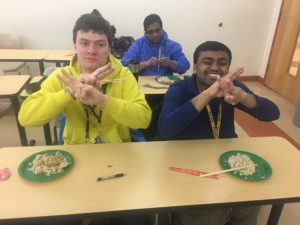
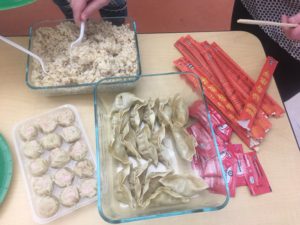
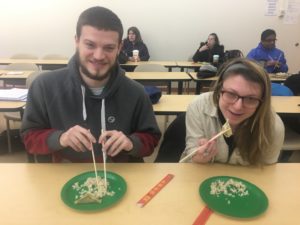
再见, Slán, Au Revoir, and Good Bye until next time!



 What comes after graduation? Many College Experience students, in fact most, choose to remain in Albany. They maintain friendships with their fellow and former graduates, form romantic partnerships, and some get married.
What comes after graduation? Many College Experience students, in fact most, choose to remain in Albany. They maintain friendships with their fellow and former graduates, form romantic partnerships, and some get married.